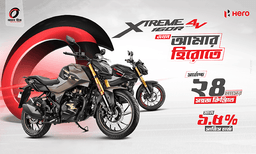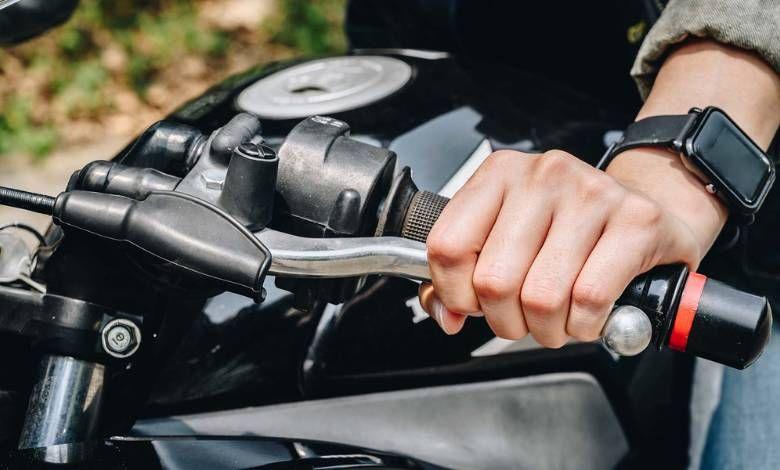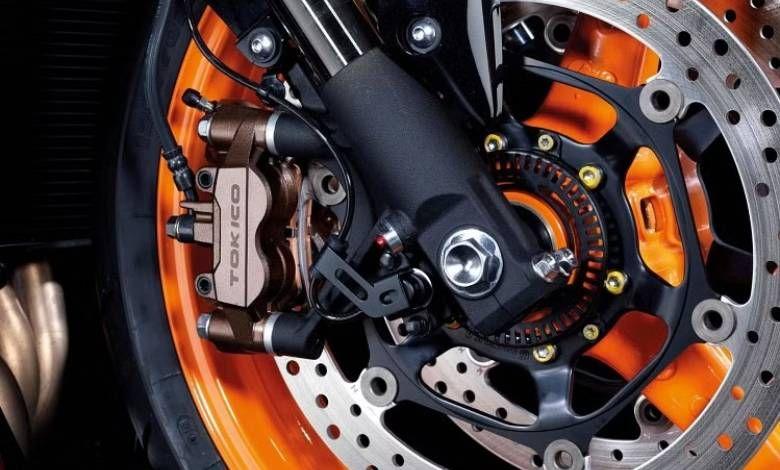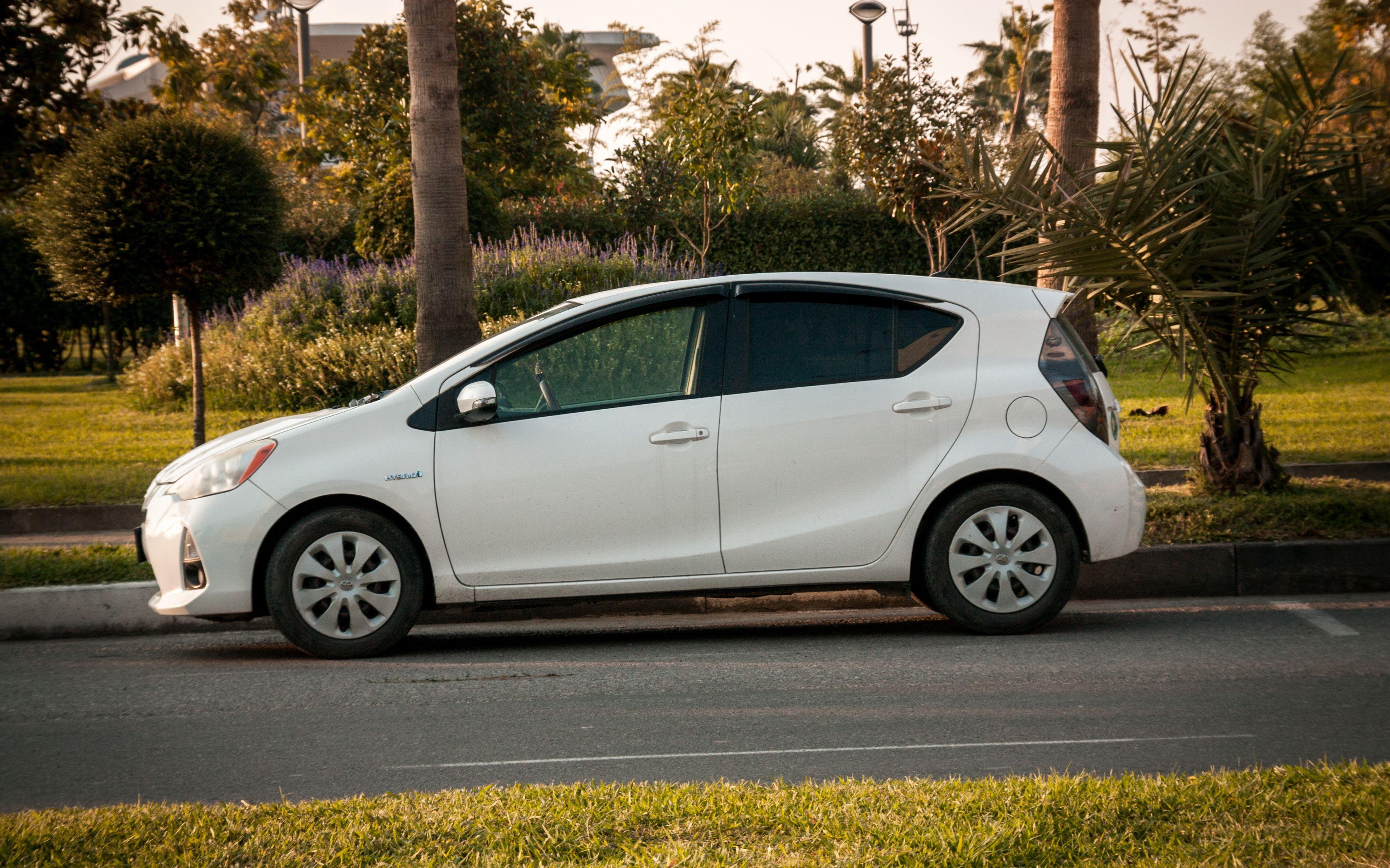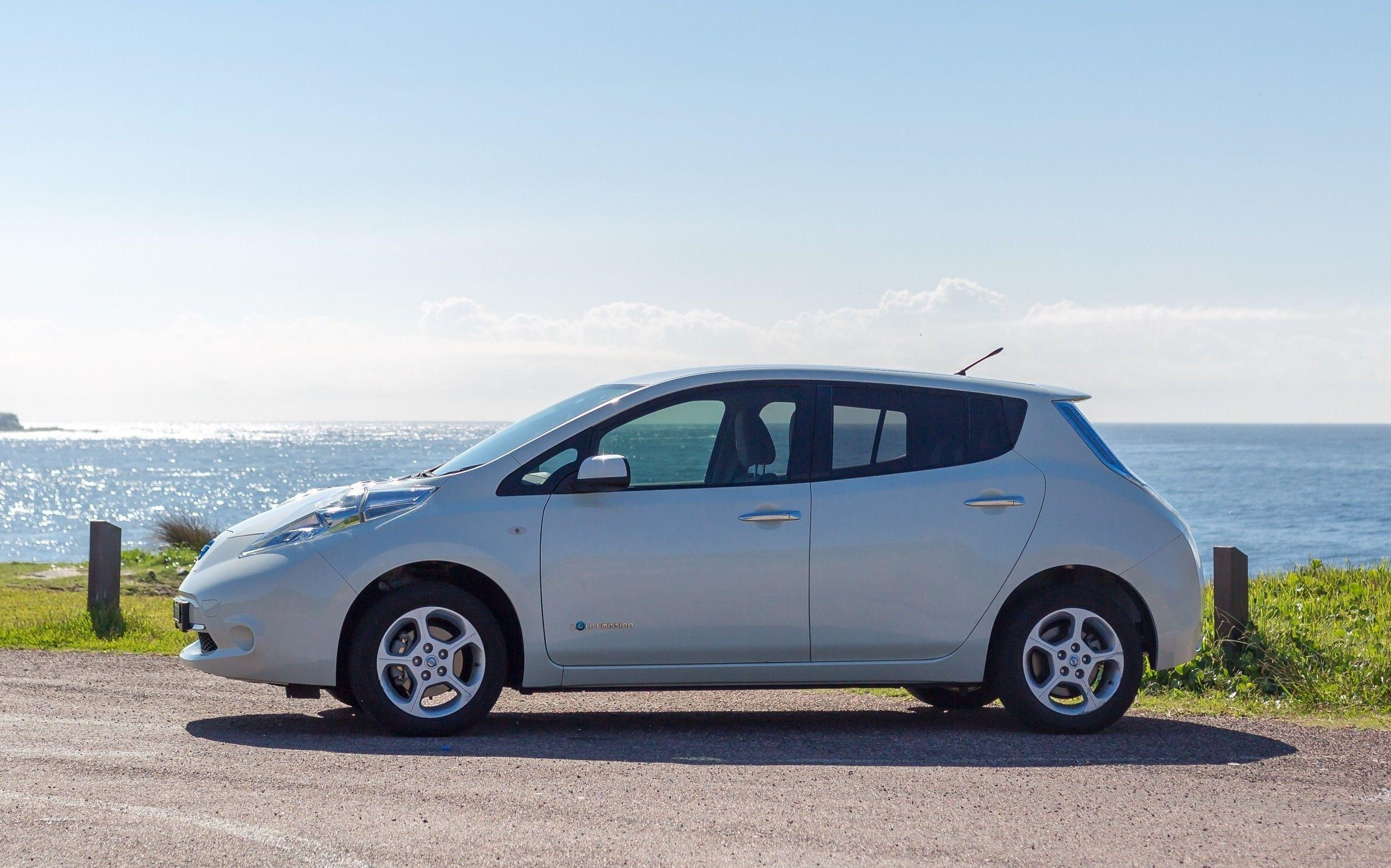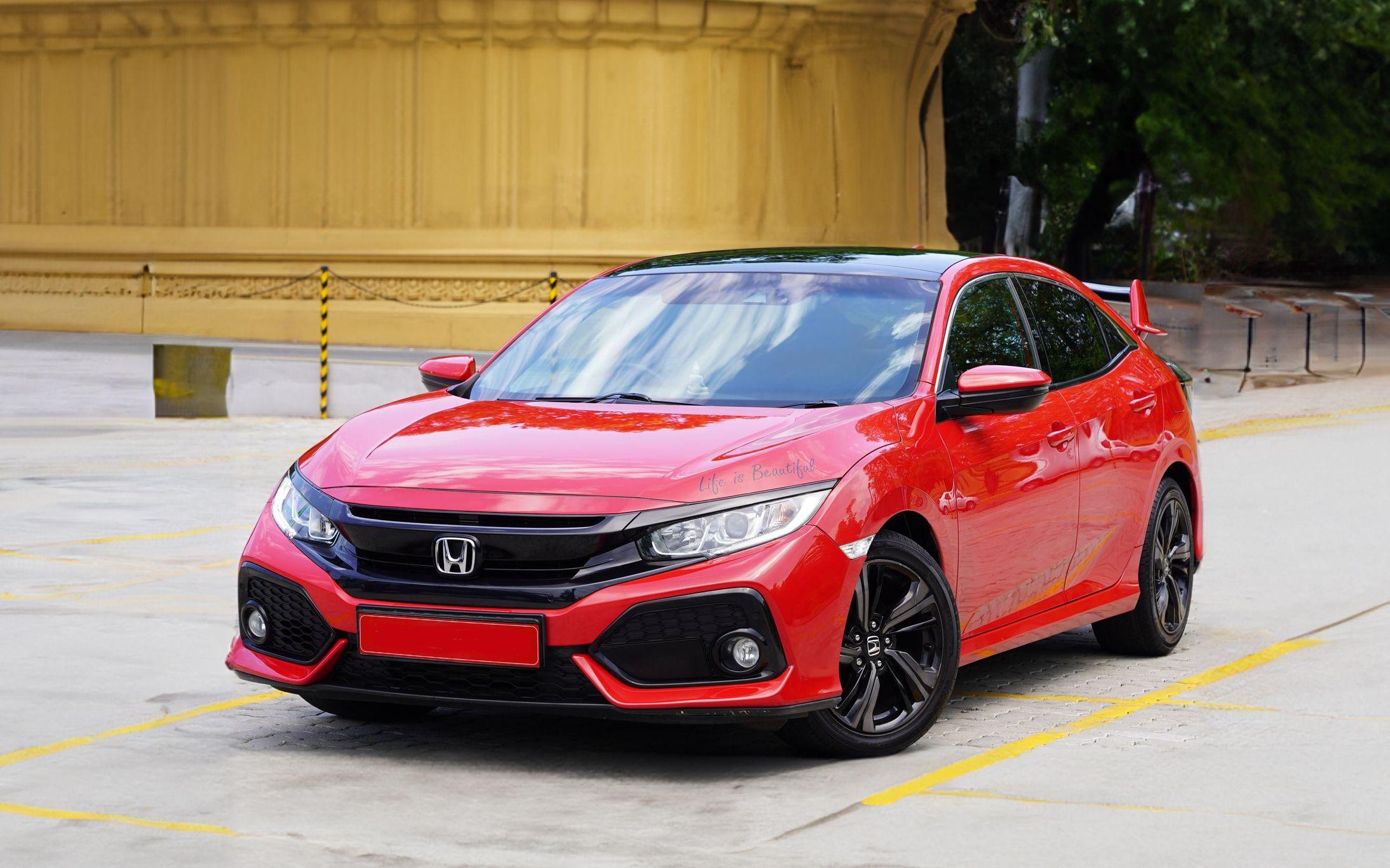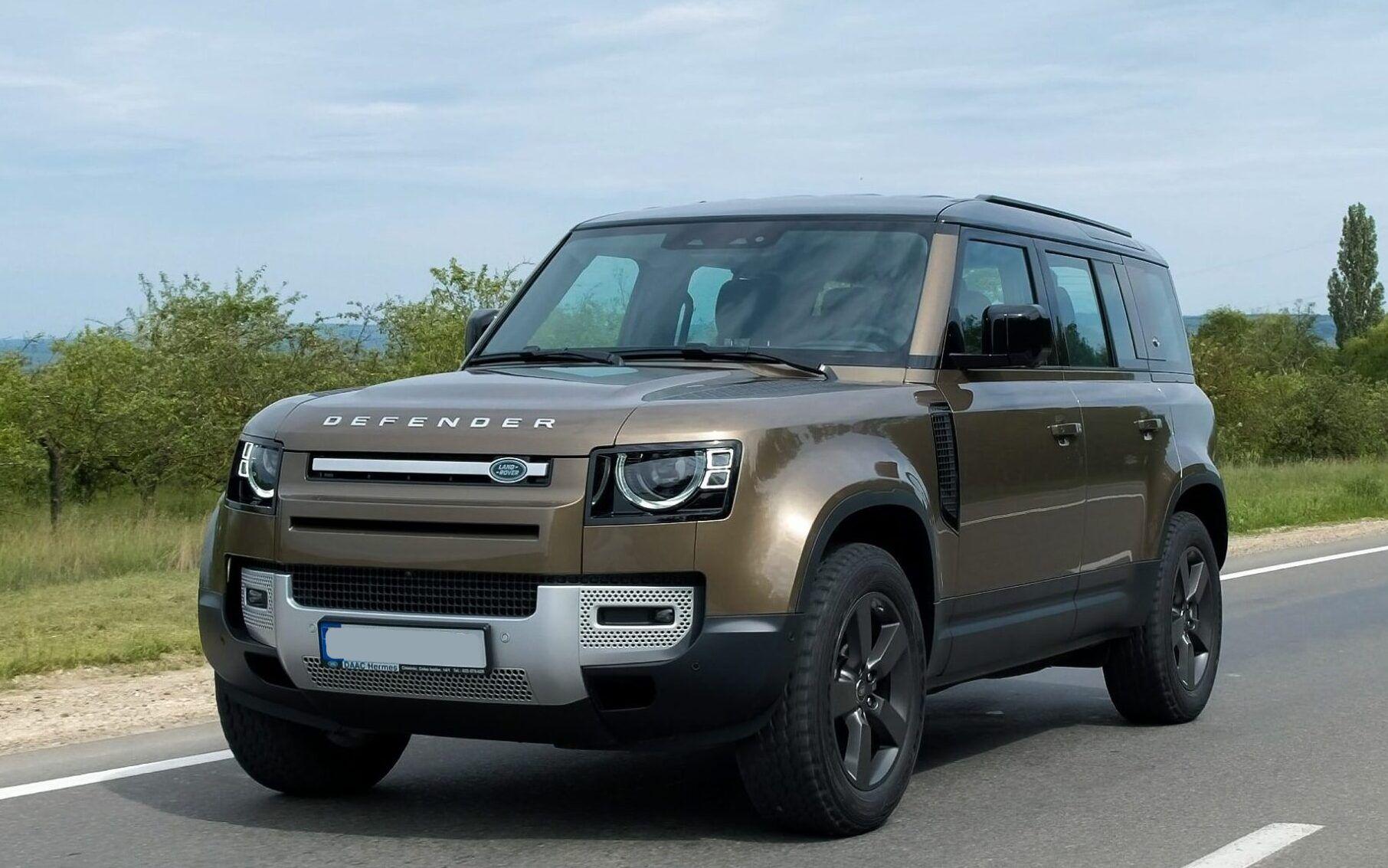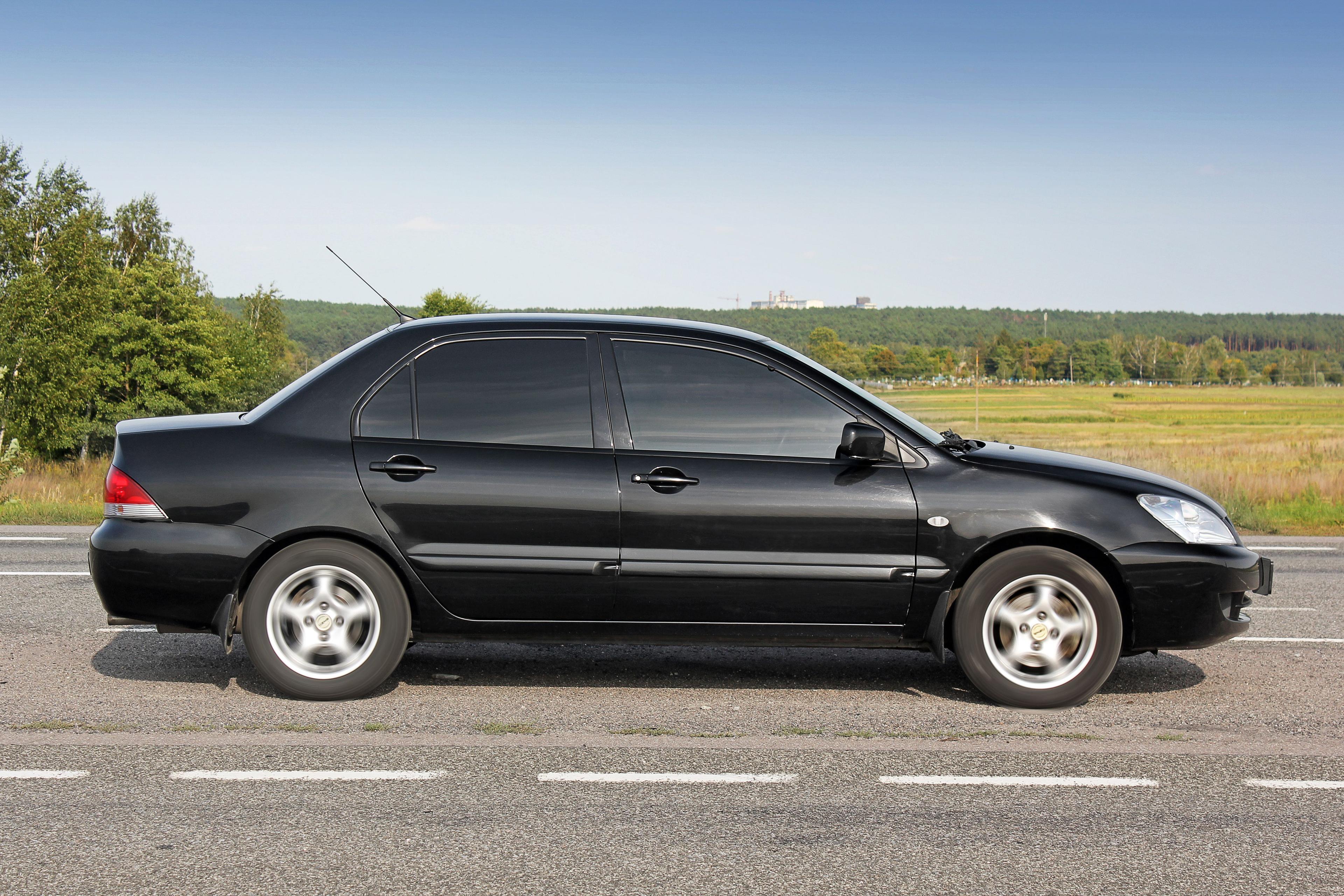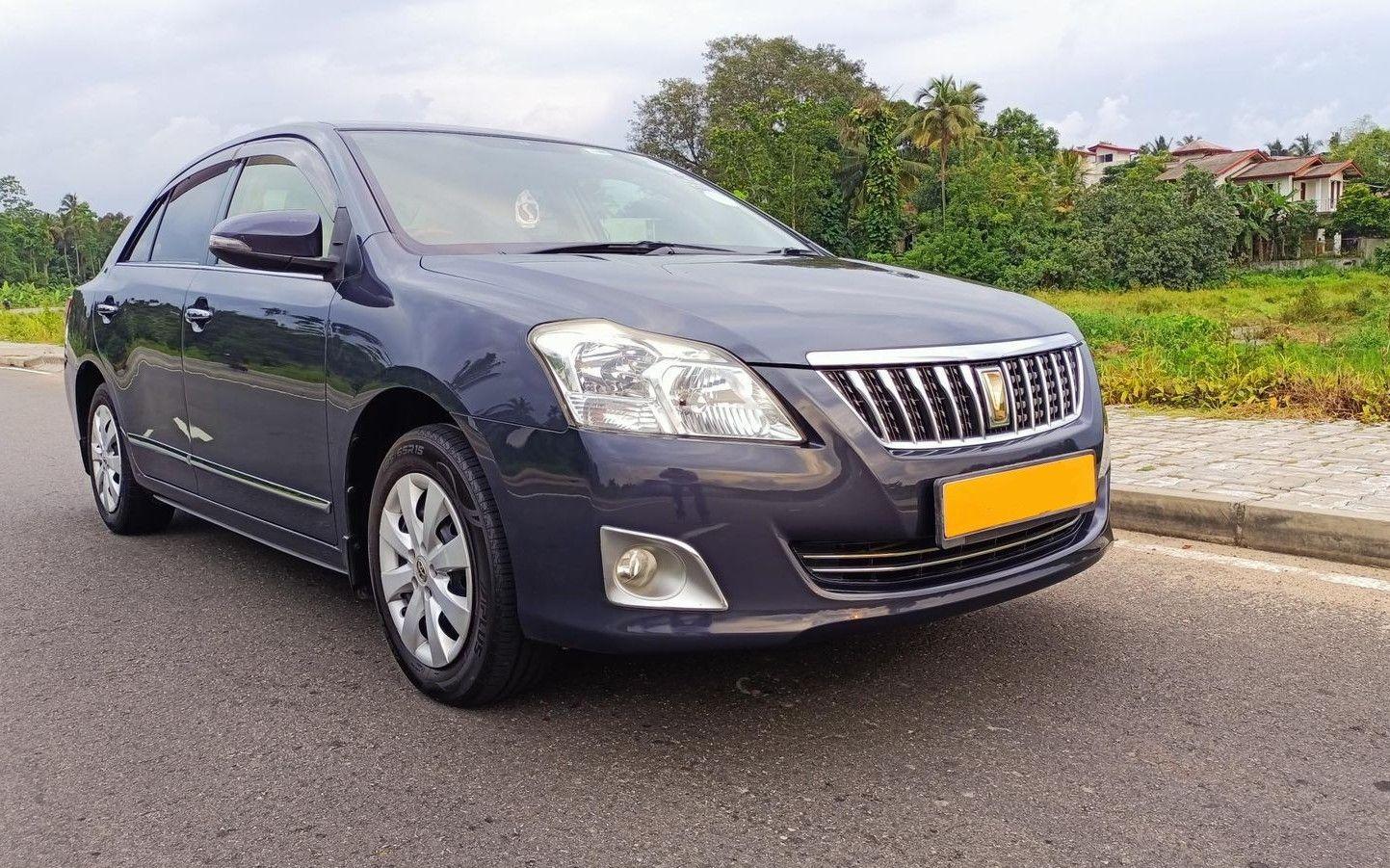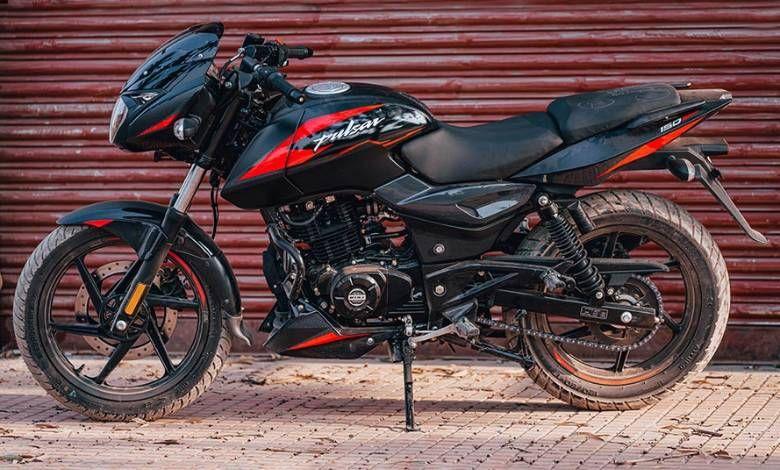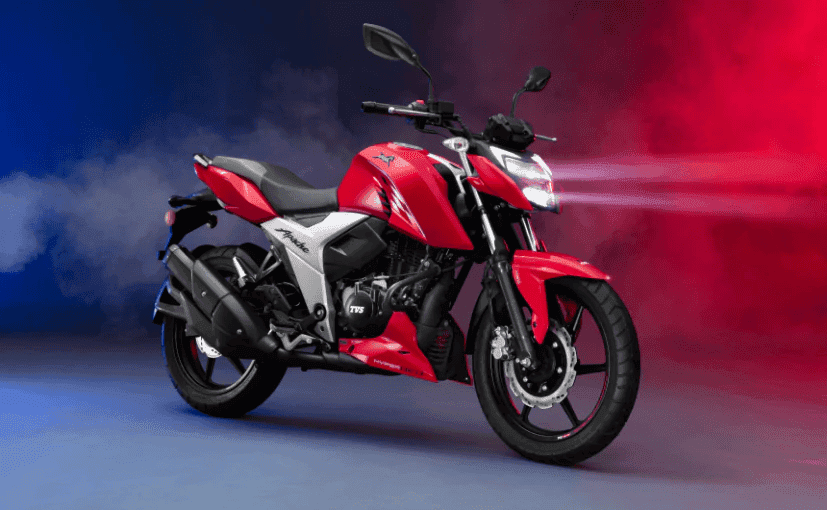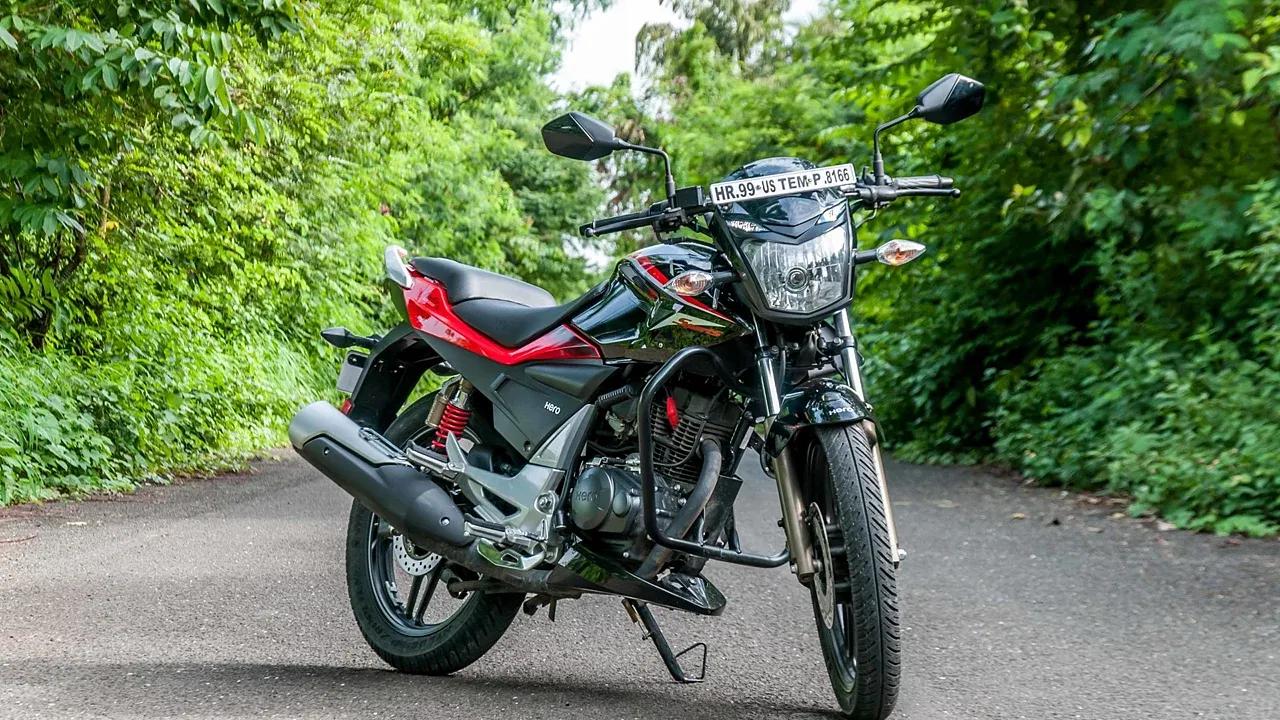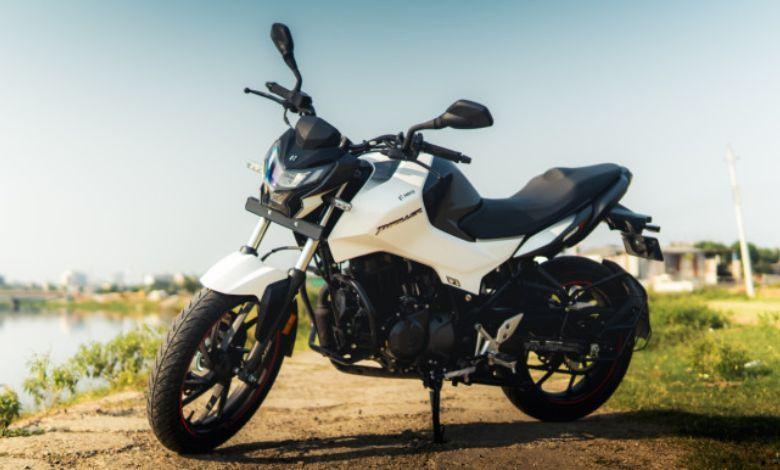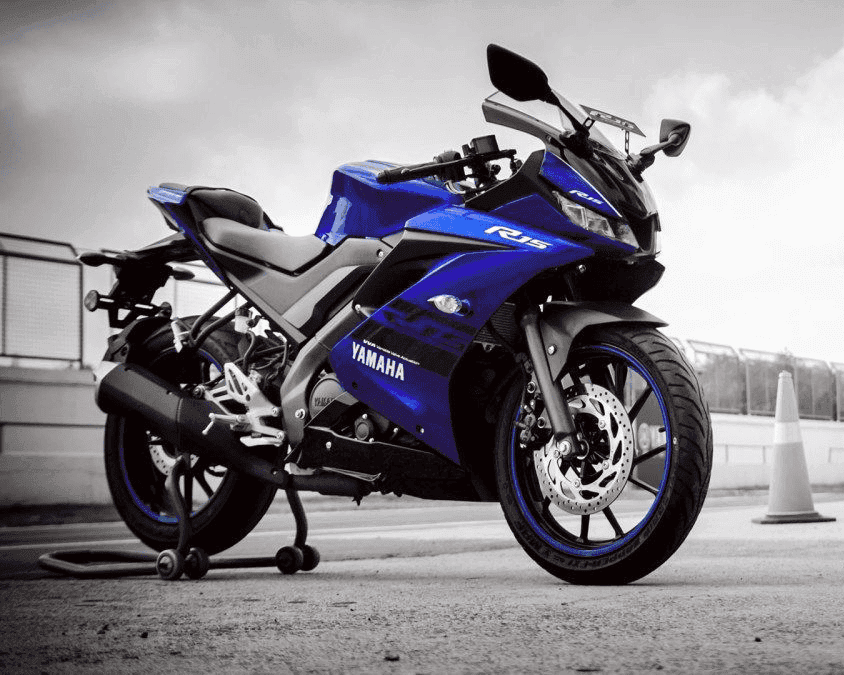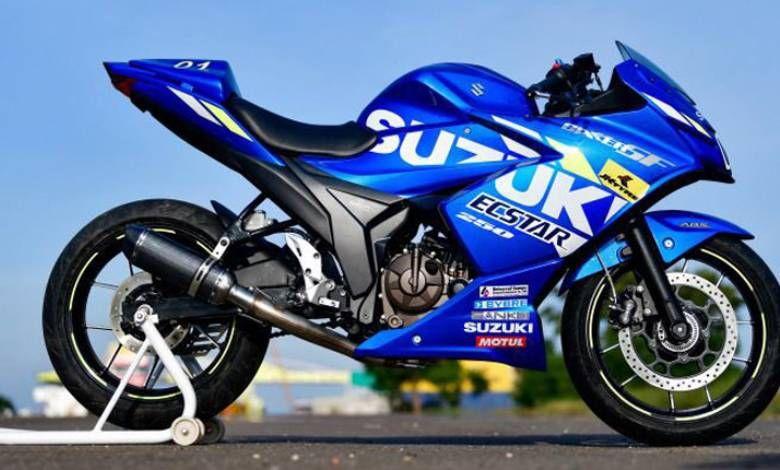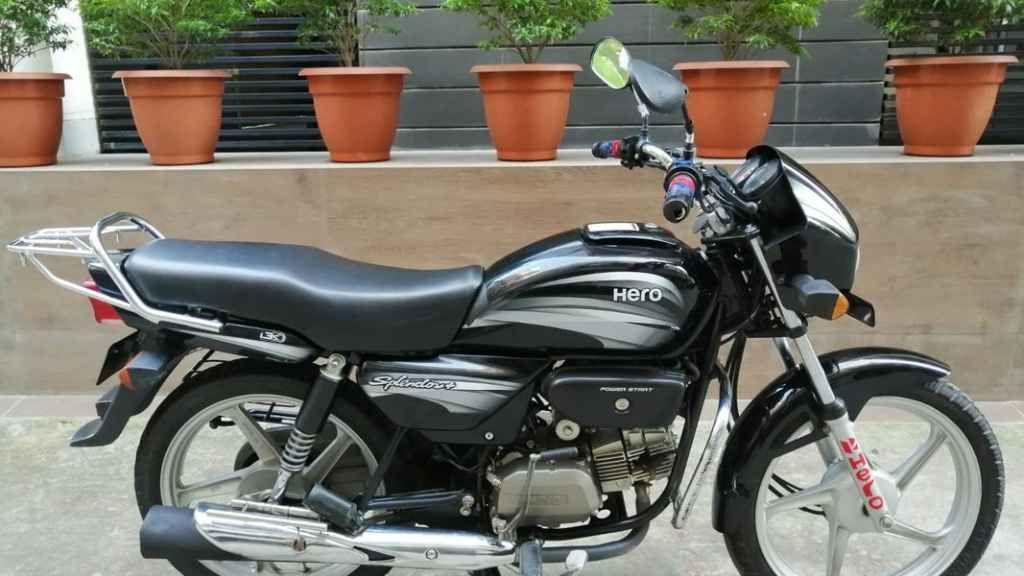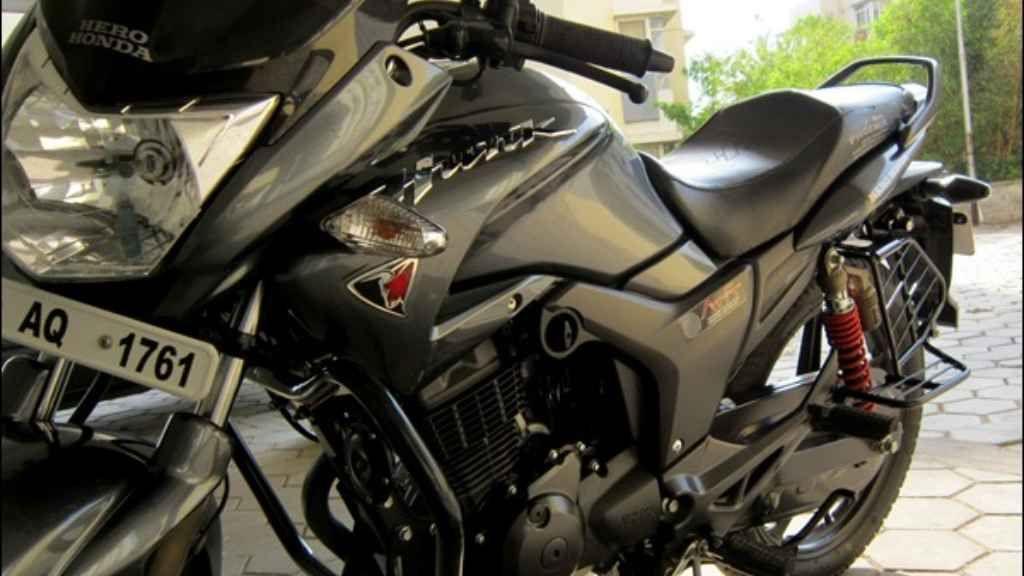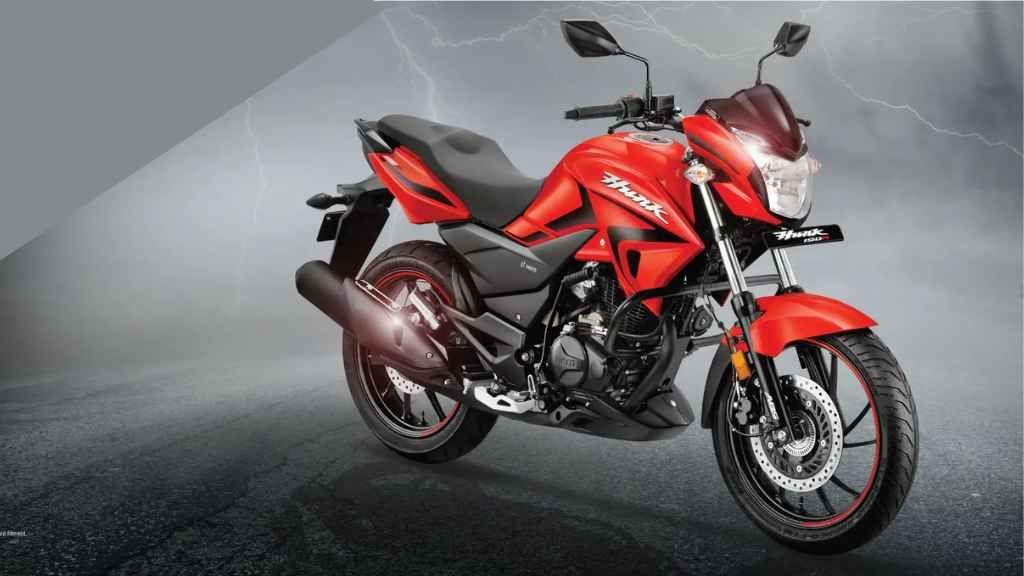The Parts of a Car Engine: a Comprehensive Overview
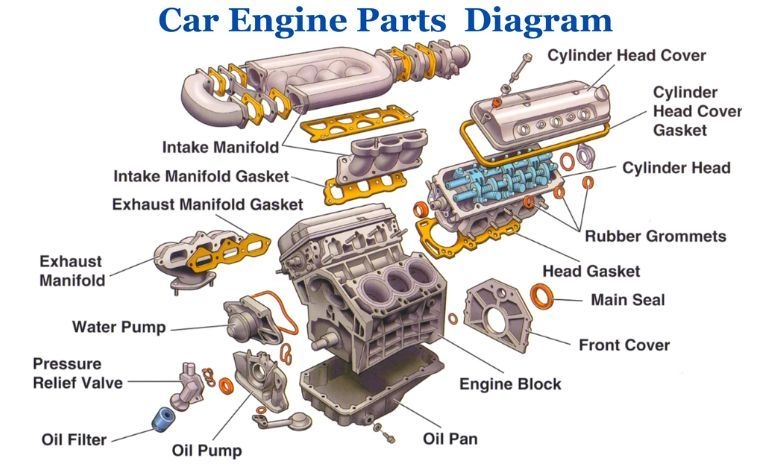
The engine is the heart of a car, generating the power that propels it forward. A powerful engine makes a car powerful. An engine is not a single part but a complex system where many components work together. Understanding these car engine parts can help in maintenance, repair, and overall knowledge of how the vehicle functions.
The engine transforms fuel into energy through controlled explosions inside its cylinders. These explosions create the power needed to move the car, making the engine a highly engineered system of synchronized parts.
Main Parts of a Car Engine
Cylinder Block
The cylinder block, often called the engine block, is the foundation of a car engine. It contains the cylinders where combustion occurs and supports other engine components. It is one of the strongest parts of the engine, ensuring durability and stability.
Cylinder
The cylinder is the hollow chamber where fuel is burned. Each cylinder contains a piston that produces power. Engines typically have 4, 6, or 8 cylinders, arranged in line or V-shaped layouts. The number and arrangement of cylinders affect performance, efficiency, and smoothness.
Piston
The piston is a key component that converts the energy from combustion into mechanical motion to move the vehicle. Pistons endure extreme heat, pressure, and constant motion, making them critical to engine performance and longevity.
Crankshaft
The crankshaft converts the piston's up-and-down motion into rotational motion, which powers the wheels. It is located beneath the engine and rotates in sync with piston movement.
Connecting Rods and Camshaft
Connecting rods link the pistons to the crankshaft, transferring linear force into rotational energy. The camshaft, usually driven by the crankshaft, controls the opening and closing of valves, ensuring precise timing during the combustion process.
Valves
Valves regulate the flow of air, fuel, and exhaust gases in and out of the combustion chamber. Each cylinder usually has intake valves (to allow air-fuel mixture in) and exhaust valves (to release gases after combustion). Proper timing of valves is essential for engine efficiency.
Timing Belt/Chain
The timing belt or chain synchronizes the camshaft and crankshaft, ensuring valves open and close at the correct intervals. Accurate timing is crucial for optimal engine operation.
Spark Plugs and Fuel Injector
Spark plugs ignite the air-fuel mixture inside the combustion chamber, initiating combustion. The fuel injector supplies precise amounts of fuel to each cylinder, enabling efficient burning and power generation.
Intake and Exhaust Manifold
The intake manifold directs air (and sometimes fuel) into the cylinders, while the exhaust manifold collects exhaust gases from the cylinders and expels them through the exhaust system.
Cooling System
The cooling system prevents overheating by regulating engine temperature. It includes a radiator, water pump, and thermostat, which work together to absorb and dissipate excess heat generated during combustion.
Lubrication System
The lubrication system reduces friction and wear between moving parts by supplying oil. It consists of an oil pump, oil filter, and oil passages. Without lubrication, components would overheat and fail quickly.
Flywheel and Turbocharger
The flywheel, attached to the crankshaft, balances engine rotation and ensures smoother operation. The turbocharger increases efficiency by compressing intake air, allowing more fuel to burn and producing more power.
Exhaust System
The exhaust system directs harmful gases away from the engine and passengers, reduces noise, and ensures emissions compliance. It plays a vital role in vehicle performance and environmental protection.
Conclusion
Understanding the main parts of an engine helps explain how it works and why regular maintenance is essential. A well-maintained engine is more durable, efficient, and reliable, while neglect leads to performance loss and possible failure.
The modern car engine is a complex yet efficient machine, converting fuel into motion through precise internal combustion. With advancements like turbocharging, direct injection, and hybrid technology, today’s engines are more powerful, fuel-efficient, and environmentally friendly than ever before. They stand as a testament to human ingenuity, delivering the smooth driving experience enjoyed worldwide.


